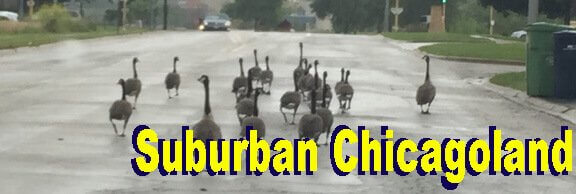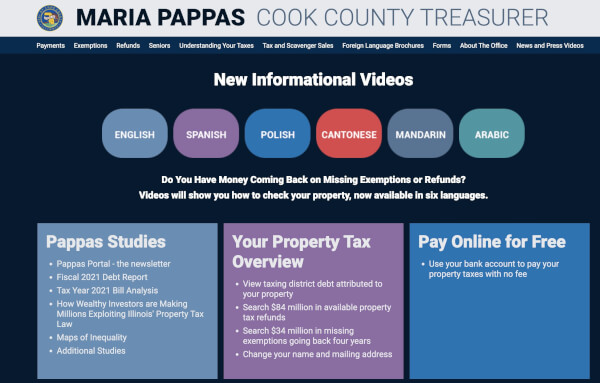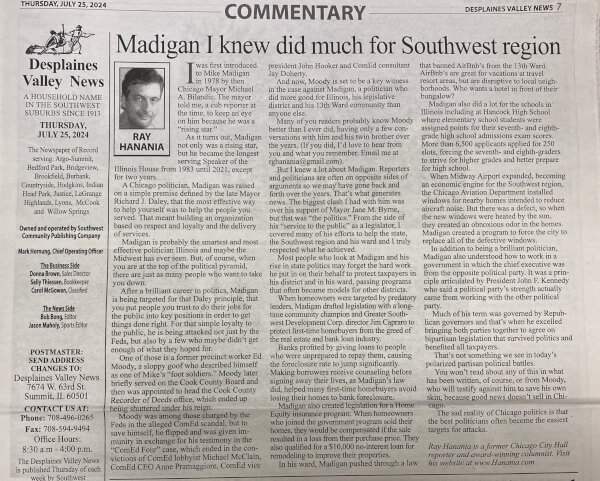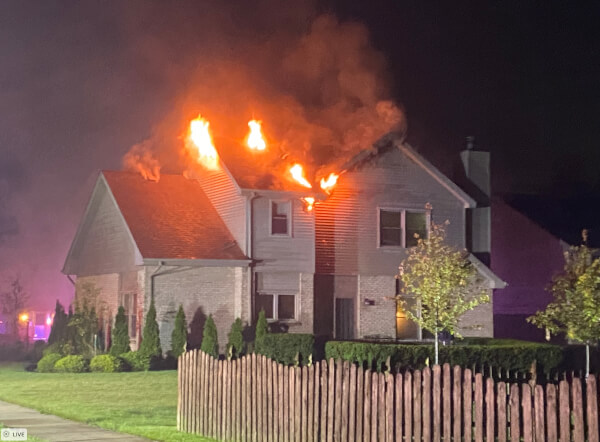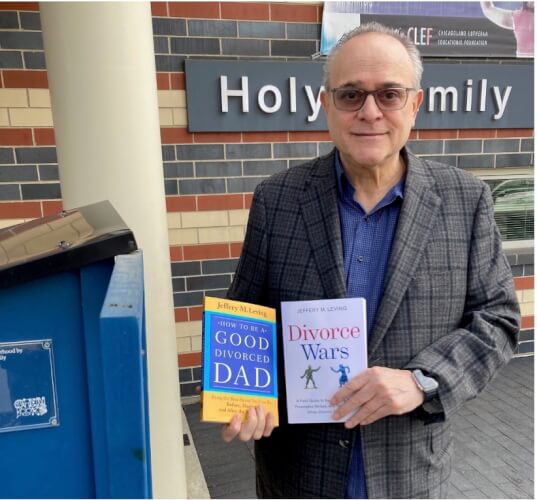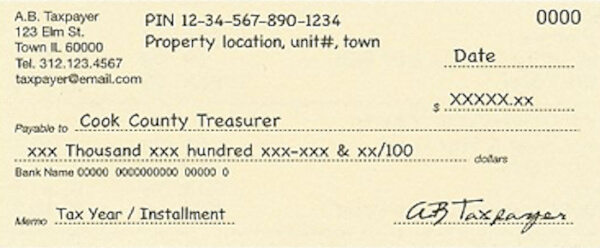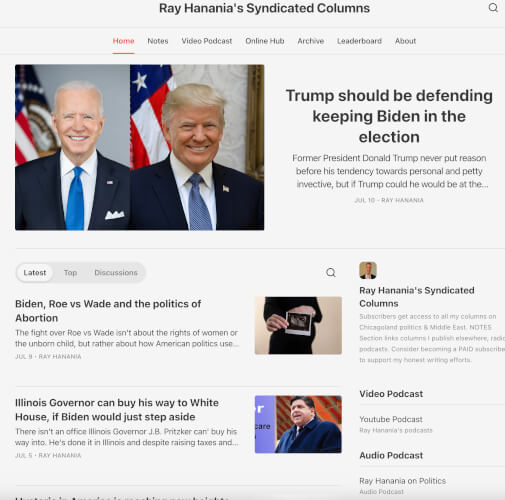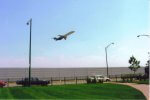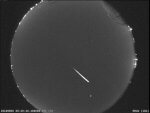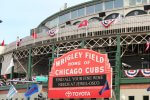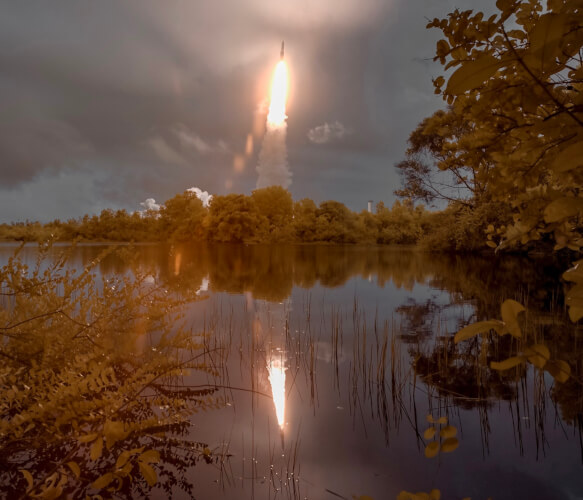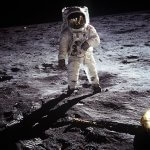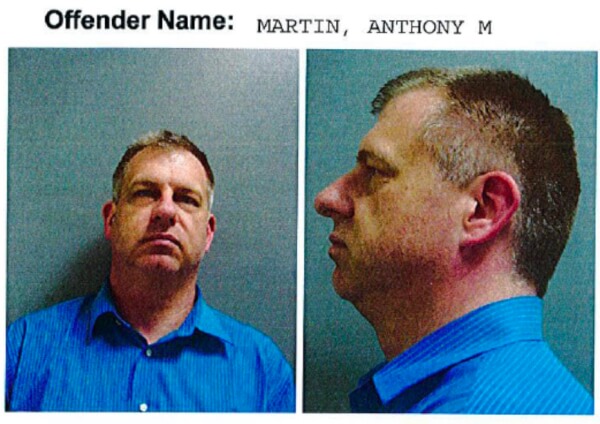Poor journalism blocks Perseid Meteor Shower
They said poor weather would probably be the main reason why most people don’t see the Perseid Meteor Shower, but the real obstacle is poor journalism by science and technology writers, and online websites that are filled with “Spam Ads” and “Spam Writing.” Here’s the easy way to find the Perseid Meteor Shower int he sky and why it is best to see it late at night
By Ray Hanania
The annual Perseid Meteor Shower was touted to be the best it has ever been. The problem is that the people who claim to be journalists writing for the science and astronomy industry simply don’t know how to write and they don’t know what’s important to normal people.
It’s more than just an issue of “nerds.” It’s about journalists, and science media and organizations that care more about themselves and their interests, than they do about average, normal people like you and me.
Every major science and astronomy magazine did a great job of touting why this weekend would be the best to view the Perseid Meteor Shower, but not one of them actually told you where to look or why the time for viewing is so important.
It’s such a simple thing to explain, but maybe that’s the problem with the science writers and even the technology writers and designers who create technology that works great for them generating amazing profits, but always fails to address the real basic needs of the consumers.
They care about money, not you. They are greedy, not scientific.
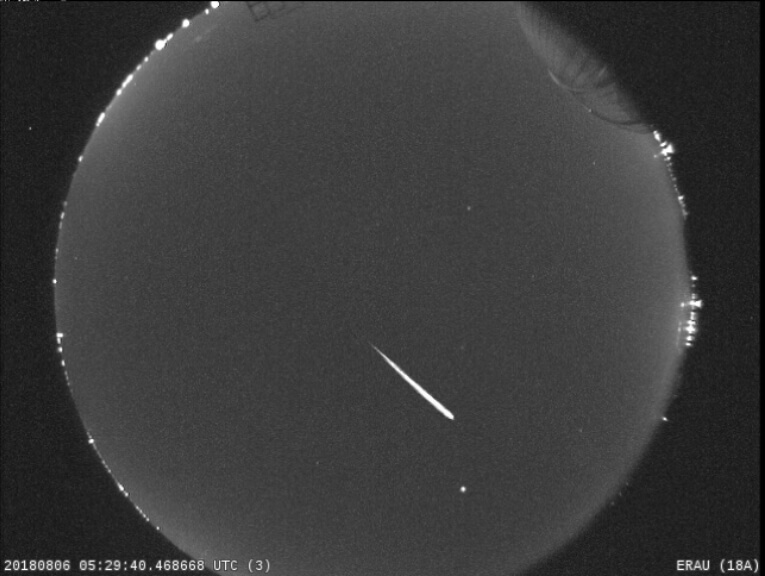
Every science magazine and organization, including NASA, Wired, Space.com, even the self-proclaimed king of people’s journalism, Vox.com, can’t get the information straight. The sites are clogged with annoying advertising. I call it Spam Ads from ad aggregators like Taboola, which knows how to populate your site with so much Ad junk and misleading sexually driven content that your online visitors become even angrier.
They can’t find the information they need. And they are bombarded not by hundreds of sightings of Perseid Meteors but by misleading ads that draw you into revenue generating promises that lead you to worthless arrays of photos that have nothing to do with the promises made.
First, here is exactly how to find the Perseid Meteor Shower, this year and every year after.
The Perseid Meteor shower takes place near the Perseus Constellation, which is in the northern sky in the summer months for people living in North America, so find that first. The Perseus Constellation is difficult for the average person to find, unless you have a good astronomy App on your cell phone or iPad. The best is SkyGuide, which by coincidence uses Cassiopeia, which has five bright stars that form the shape of what looks like a “W” in the sky, as its icon.
The Perseus Constellation, which looks like a Star Fish of five string arms formed by a series of many bright and not-so-bright stars, is just below and slightly to the left of Cassiopeia, the constellation that looks like a “W” and is formed by five very bright stars, Alpha Cassiopeiae, Beta Cassiopeiae, Gamma Cassiopeiae, Delta Cassiopeiae, and Epsilon Cassiopeiae. The Cassiopeia “W” is aligned in the sky with the right side upwards and the left side of the “W” downward. (The first and last of the five stars, Alpha Cassiopeiae is up, and Epsilon Cassiopeiae is below.)
The Perseid Meteor Shower center is exactly below and to the left of this downward end of the Cassiopeia constellation is very easy to spot, when it is above the horizon. During the Perseid Meteor Shower Cassiopeia rises above the horizon from the north and northeast around 8 pm.
This explains why you have to wait until 3 in the morning to see the best meteors. Because it takes that long for the Earth’s rotation to reposition Cassiopeia high in the sky where it is easiest to see stars on a clear day away from the lumination of cities and urban areas.
When you know that, you won’t waste time staring at the sky straight above at 11 pm where the stars look clearest and few meteors are seen, but instead stare at the horizon and the rising Cassiopeia constellation.
These meteors flash by like light drawn against a black sky and then fade and disappear in micro-seconds. You might catch a flash int he corner of your eye but if you are not looking in the right direction or right spot in the sky, you will be extremely disappointing, which is what most of the online science and astronomy magazines are good at delivering.
My son and I were fortunate to have sifted through the “Spam Writing,” which is what I call journalism intended to generate money through worthless online advertising rather than provide quick basic facts. These magazines assert that they must pollute their sites — every other paragraph — with a pop-up splash advertisement because they need to make money to pay for their “quality” writers, who are not so much about quality as efficiency.
The more these websites produce and the faster they produce them, the more “Spam Ads” you will be forced to look at as you try to research how to view the Perseid Meteor Shower and other celestial events. (I mean seriously, compare the Ads on this website with the garbage spewed by Taboola and other “creative” ad placement sources. Check this site or try reading this garbage site. You;ll see what I mean right away.)
I mean look at the pattern. They all tell you why this will be the best. They all promise you will see hundreds of meteors if you are in a clear sky scenario. They will tell you that its somewhere in the North-Northeast Sky. They will tell you to look out at the sky in the middle of the night — only science and technology nerds have nothing to do the next day so it’s easy to stay up all night.
But they won’t explain why you are doing what you are doing so you can intuitively find the meteor shower.
Once you know to look between the constellation Perseus and Cassiopeia, you know where to look and as the constellations rise in the sky, why you should look late at night.
If you can tonight (Sunday August 12, 2018), and you have a clear sky, you should be able to see this spectacular celestial event by finding Cassiopeia and looking below. Have fun.
(Ray Hanania is an award-winning former Chicago City Hall political reporter and columnist. Contact him at his personal website at www.Hanania.com or at rghanania@gmail.com.)
